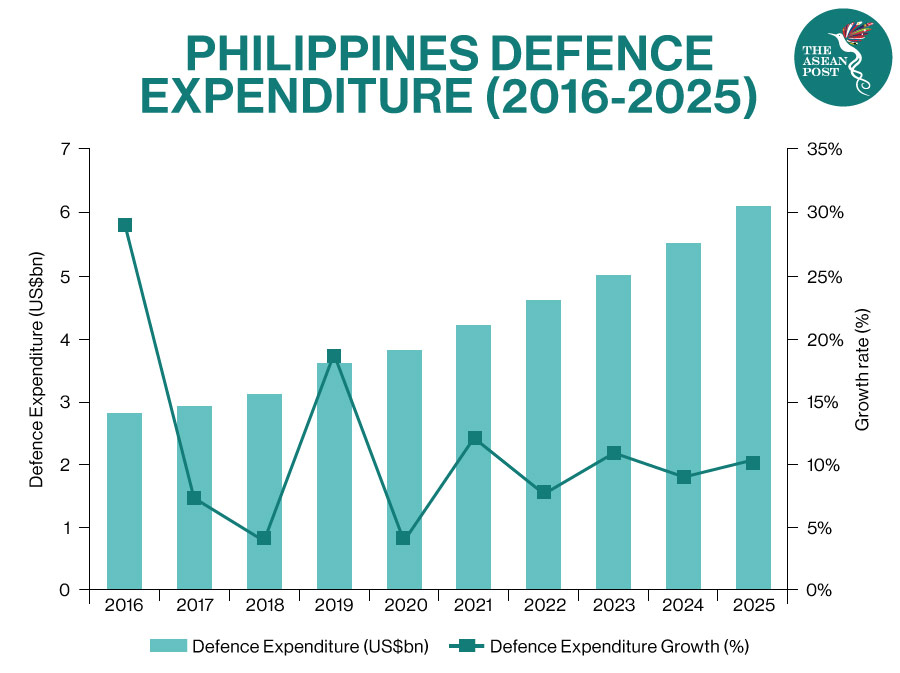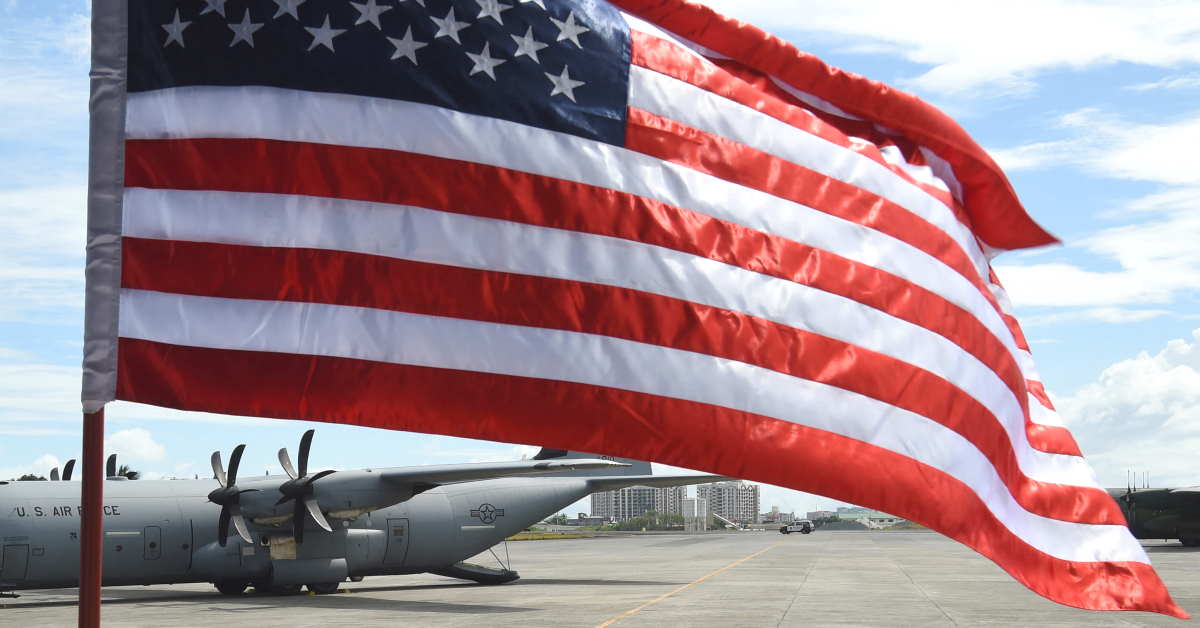One of the many important questions in Philippine foreign policy that has been consistently asked by Filipinos and people in the foreign policy circle ever since the Philippines received its independence from the United States (US) in 1946 is, “are Filipinos better off with the Americans, or without them?”
It can be noted that on 4 July, 1946, the Philippines was granted full independence by the United States (US), nevertheless, before that, the country was a protectorate of the US. The period from 1898 to 1946 denotes the era of direct American colonisation of the Philippines.
Nevertheless, even after the Americans granted “full independence” to the Philippines, the country was never really free and sovereign in the truest sense as it was and still is to some extent under the “semi-colonial” control of the US.
Historical Context
After winning the Spanish-American War in 1898, the US was granted control of the Philippines, a long-time Spanish colony through the 1898 Treaty of Paris (“Kasunduan sa Paris ng 1898” in Filipino or Tratado de París de 1898 in Spanish); a treaty signed by Spain and the US on 10 December, 1898, that ended the Spanish-American War.
Under the treaty, Spain relinquished all claims of sovereignty over Cuba and also ceded Puerto Rico, Guam, and the Philippines to the US. The cession of the Philippines involved a compensation of US$20 million from the US to Spain. The signing of the treaty not only marked the end of the Spanish Empire but turned the US into a world power because of the territories it acquired which expanded its economic dominance in the Pacific and paved the way to US imperialism that until today is still very much felt around the world.
Furthermore, the US victory over Spain and its control of the Philippines paved the way for the US gaining a foothold in the region that guaranteed its economic and geopolitical interests. Controlling the Philippines provided the US with a geopolitical advantage in its power projection and commercial trade in the Asia Pacific region.
However, after giving the Philippines its so-called “sovereignty and independence,” the US established ways and mechanisms to legalise its presence and to maintain a certain level of sovereignty and control over the Philippines.
For instance, the Treaty of General Relations and Protocol and the Treaty of Manila signed by the US and the Philippines in 1946 established a new bilateral relationship between the two nations, in which military bases would play a vital role. The Treaty of General Relations and Protocol acknowledged Philippine sovereignty and control of the whole archipelago but excluded the US’ military bases. Also, it authorised the US to represent the foreign affairs of the Philippines as requested by the latter.
The “Treaty of Manila” on the other hand contained a provision that allowed the US to retain military bases, personnel, forces, and assets. The said provision was reinforced by the 1947 Military Bases Agreement (MBA), which gave the US a 99-year lease on several military and naval bases that extended virtual territorial rights to the US. In line with the treaty, the US maintained several military bases in the Philippines, including Subic Bay Naval Base and the Clark Air Base.
The MBA and the Treaty of Manila were further fortified and strengthened by supplementing them with the Mutual Defense Treaty (MDT) signed in 1951 and ratified in 1952 by the US and Philippine governments, which promised that the US and the Philippines would defend each other's territory in the case of external attack.
These treaties and agreements not only assured the US of a military foothold in the Philippines but most importantly, in many respects substantially nullified the so-called Philippine independence and sovereignty granted by the US to the Philippines.
Based on these treaties and the bilateral security alliance with the US, the Philippines was made to participate in American conflicts including World War II (1941–1945); the Korean War (1950–1953); the Vietnam War (1964–1975); the Persian Gulf War (1990–1991); and the Iraq War (2003–2004).
US military bases were closed in 1992 as a consequence of the 12-11 vote of the Philippines Senate in 1991, rejecting the extension of the MBA because it was “one-sided,” and also because the US was reluctant to set a firm time frame for troop withdrawal and to guarantee that no nuclear weapons would pass through the base.
However, the effects of the MBA are still very much felt in the country until today via the existence of the lopsided MDT, the Visiting Forces Agreement (VFA) and the Enhanced Defense Cooperation Agreement (EDCA) between the US and the Philippines.
Because of these agreements, the Philippines for more than a century has been an important outpost for US defense and security strategy in the Pacific. The Philippines to some extent also remains within the sphere of US influence and semi-colonial control until today.

Crossroads
Given the evolving geopolitical realities in the Indo Pacific region, and learning from the lessons of the past, it is important for Filipinos to reflect if indeed they want their country to stay within the ambit of US influence and semi-colonial control or not.
They must ask if the costs and benefits of having a US military presence in the country; whether the US in lieu of the MDT has fulfilled its part of the bargain, and if the country stands to benefit from the continuous US military presence through the EDCA and the VFA.
In short, the question, “Is the Philippines better off with the Americans or without them?” needs to be asked.
Hindsight And Perspective
If Filipinos will take a closer look, the situation nowadays is completely different compared to the situation right after World War II, where the Philippines entered the community of nations after the devastation of World War II with a destroyed economy and imminent threat of a Cold War.
At the time the Philippines did not have much leverage or many options but to maintain closer ties with the US to protect itself. The security environment is entirely different today.
At present, there are no imminent signs of danger, at least militarily speaking, that directly threaten the Philippines. However, all this might change if the US pursues its antagonistic stance and provocation towards China using the Philippines as a springboard.
The Philippines should seriously consider the abrogation of the lopsided MDT, VFA, and EDCA, unless the skewed provisions of these agreements and treaty are revised to more reciprocal terms and conditions and compensation is paid to the Philippines by the US government.
Maintaining the VFA, EDCA or even the MDT is an anti-thesis to the Philippines’ pursuit of an “independent foreign policy and non-aligned stance”. These agreements are symbols of US domination in the country, reminders of a colonial era long gone and the interventionalist agenda of the US.
The continuous presence of military forces in the country is a remnant of colonialism that Filipinos should put an end to. As Senator Claro M Recto said, the Philippines needs a foreign policy that is based on its national interests and security and not those of the US or any other country for that matter.
Conclusion
The Philippines is at a crossroads with the US. At the moment, the Duterte administration is re-negotiating the VFA while the MDT is undergoing review. Amid these processes, it is but vital that the Philippines consider the lessons learned from history and hopefully not repeat the mistakes of the past.
The Philippines this time around should take control of its destiny as a nation and steer away from being the ever-perpetual lackey of the US. It should strive to be a truly independent, sovereign nation that decides its course as it navigates the changing geopolitical landscape in the region.
Hence, if the VFA/EDCA or MDT are not be replaced with more balanced, reciprocal, and symmetrical agreements more advantageous and beneficial to the Philippines, then, it is in the best interests of the country to have them revoked.
This is the Final Part of a series of three articles by the author.
Related Articles:

